Report this entry
More from the same community-collection
Martin Luther King Celebration - 2016
Photograph - Mary Williams Ewers at the event to honor Martin ...
Martin Luther King Celebration - 2016
The McCall Neighborhood Center is the epicenter meeting and ...
Martin Luther King Celebration - 2016
The McCall Neighborhood Center is the epicenter meeting and ...
Martin Luther King Celebration - 2016
The McCall Neighborhood Center is the epicenter meeting and ...
Martin Luther King Celebration - 2016
The McCall Neighborhood Center is the epicenter meeting and ...
The Ladies in My Life - El Paso, Texas
Nora (wife), Jessica (daughter), Christina (daughter), and ...
Martin Luther King Celebration - 2016
Photograph - Martin Luther King Celebration at the McCall ...



















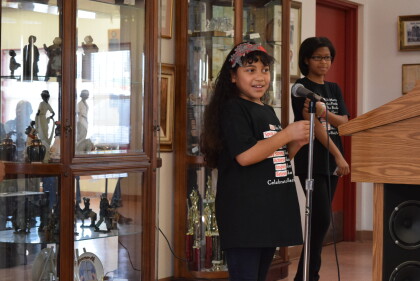

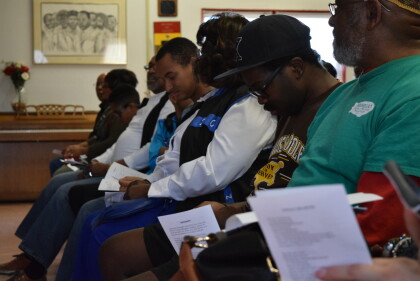
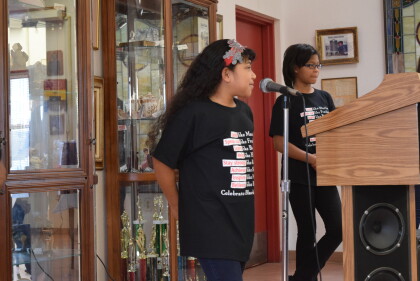
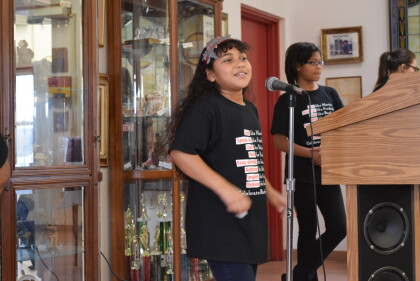
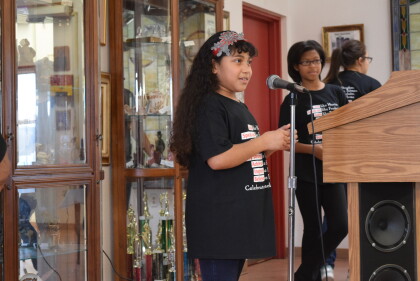
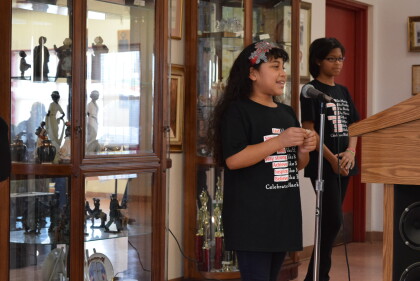
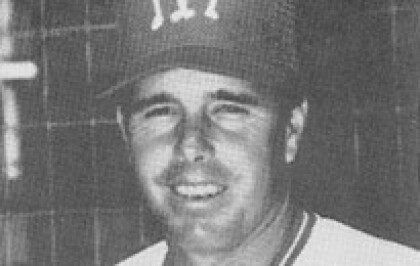
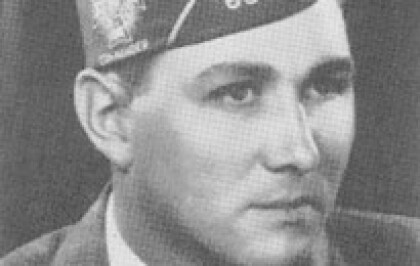
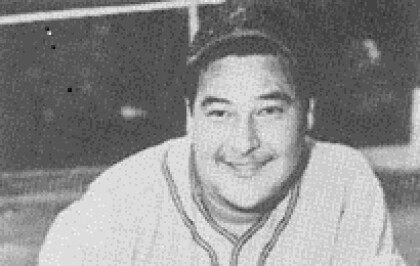
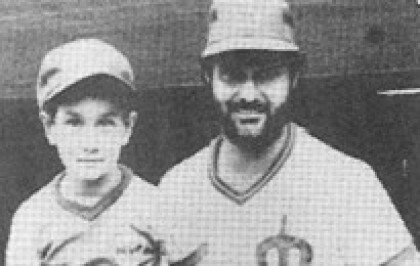

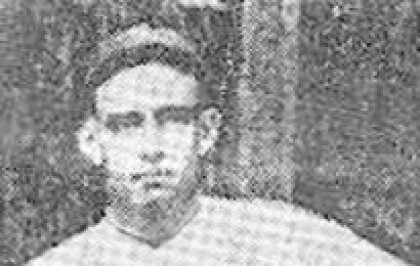
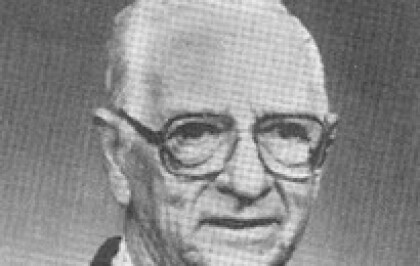
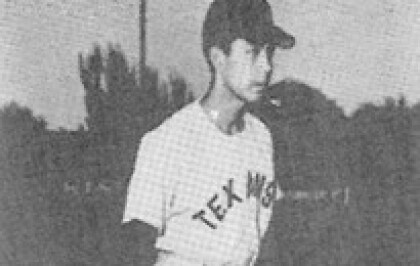
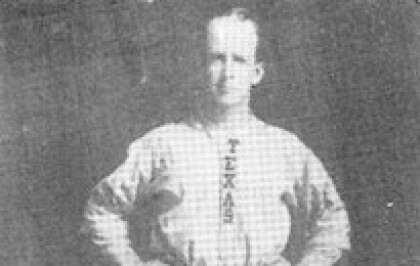
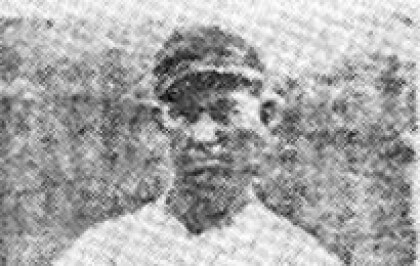

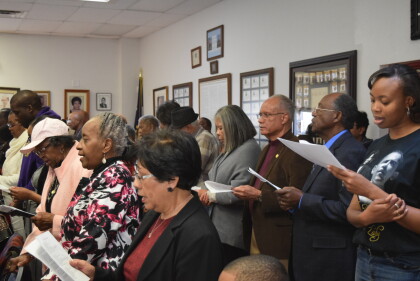

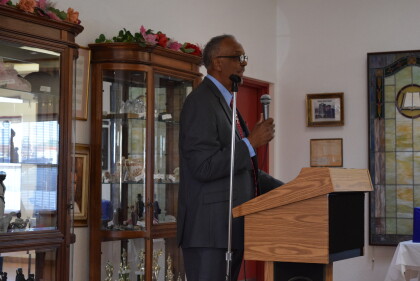
Comments
Add a comment